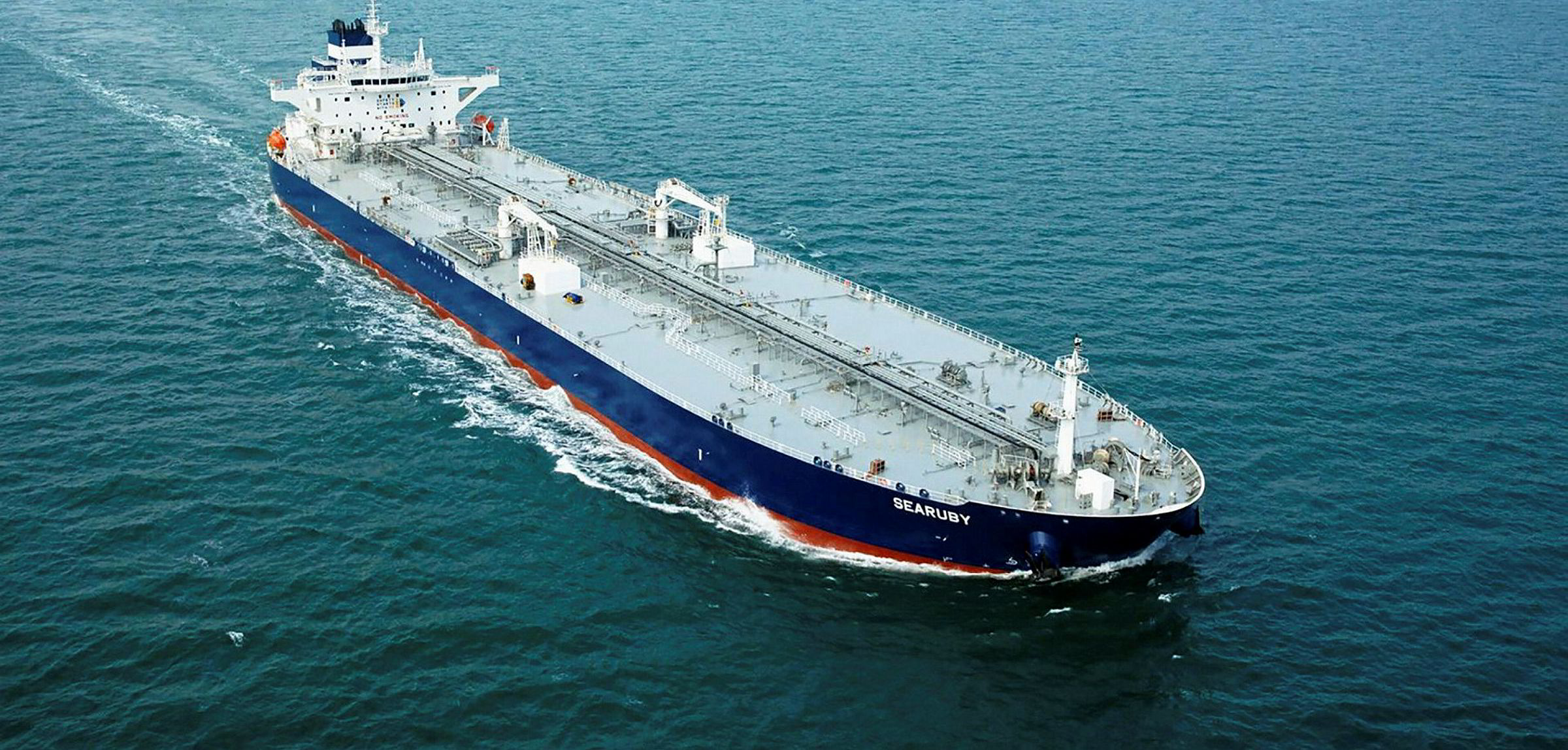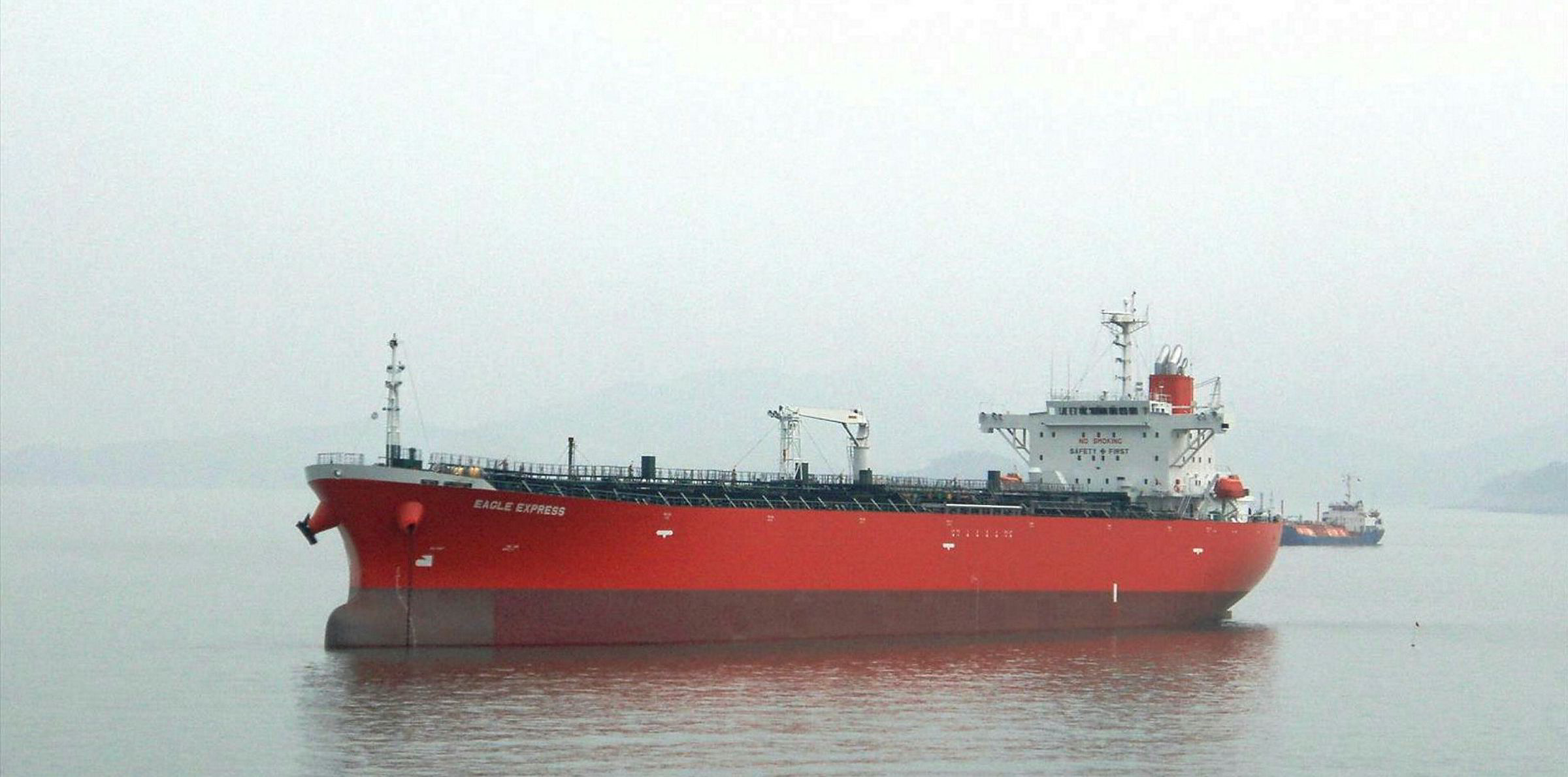The coronavirus pandemic has led to owners slowing down most vessels in the first half — but strong tanker markets meant those vessels actually travelled faster.
Clarksons Research said the average speed across the fleet to 30 June declined 1.4% compared to the whole of 2019.
Describing Covid-19 as a "major shock" to markets, analyst Trevor Crowe said cargo demand across shipping is forecast to fall 5.6% in 2020.
The impact of lockdowns in the second quarter left owners with "an acute problem", he added.
Some have idled or laid-up units, while boxship players blanked sailings or suspended services. Newbuilding deliveries were delayed and scrapping has increased in recent weeks, Crowe said. But slow steaming has also played a part, he added.
"It is no surprise to see average vessel speeds drop as owners try to moderate available capacity, also reducing fuel costs at a time when cashflows are under pressure," Crowe said.
The drops followed a long period of slower speeds since the global financial crisis in 2008. Speeds had already dropped 16% in 2019 compared to 2018.
Boxships get slower
So far this year, with cargo volumes down 14% year-on-year in April and May and with 12% of fleet capacity idle, containership speeds fell a further 1.9% in the first half to 14.1 knots.
Similar trends have been seen in the bulker sector, which has also been under pressure for most of the year.
Average speeds fell by 1.3% to 11.1 knots.
For gas carriers, which enjoyed robust market conditions for the first four months, average speeds across the VLGC sector increased.
But as earnings plunged from April, they started falling again, reaching 14.2 knots.
Rushing to the next fixture
Tankers, however, are a different story.
Crude vessels saw speeds rise 0.5% in 2019, due to the autumn spike in rates.
Another boom this spring boosted speeds another 0.9%.
But they dropped in May and June to 11.7 knots, down 1% from January to April, as earnings eased back.
Product tankers' average speed decreased in 2019 by 0.5%, but with record rates earlier in 2020, speeds were flat in the first six months.
The statistics reflect steaming time only and exclude other activities that may also have been amplified by Covid-19, including tanker storage, idling and lay-up, and vessels delayed by port congestion, Clarksons said.
Crowe added that the speed reductions in all sectors bar tankers "might not close the gap to demand too much on its own, but it has another helpful impact: reducing fuel consumption and greenhouse gas emissions is one part of shipping’s transition to a low carbon future".






